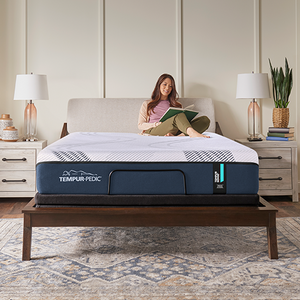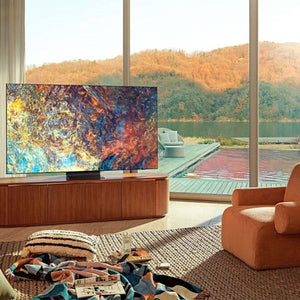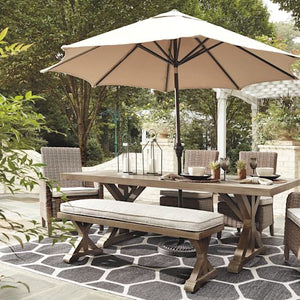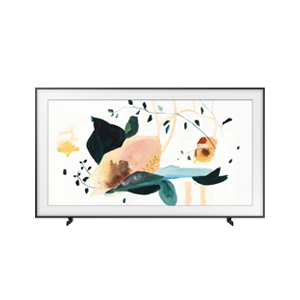FIVE TIPS ON CHOOSING A COLOUR PALETTE FOR YOUR HOME
Do you remember the colour wheel from elementary school? You probably sat there with 3 primary coloured paints (red, yellow, and blue) and mixed them to make secondary colours. Then, things got really crazy when you were told to mix the secondary colours, with primary colours, to create tertiary colours. Although that may seem like child’s play now, it is still a very important concept to understand when picking colours for your home. Use these 4 tips to choose colours that make magazine inspiration a reality.
5 Tips On Choosing A Colour Palette
THE COLOUR WHEEL IS YOUR FRIEND
Although the color wheel may seem basic, it is still a valuable tool for pairing colours. There are three main ways to pick colors that look well together:
Complementary Colours: These are colours on the opposite side of the wheel
Analogous Colours: These are colours close together on a colour wheel.
Triadic Colours: These are colours evenly spaced around the colour wheel however this is a bit trickier to use. To use a triadic harmony successfully, the colours should be carefully balanced -
let one colour dominate and use the two others for accent (think 60-30-10 rule)
WARM VS COOL
Warm colors tend to make you feel energized and excited; however, if put in a small space, they can make the room feel claustrophobic. Why is that? Warm colors are considered “advancing” colors, which makes them feel like they come towards you. When appropriately used, warm colors are a great way to make a space feel more cozy and intimate.
On the flip side, cool colors have a “receding” effect, making them feel like they are moving away from you. Cool tones are a great way to give a small space an airy, more substantial feel.
CONSIDER SATURATION
Why do pastels mix well, or jewel tones get paired together? It is because the saturation of color is similar. Saturation is important when choosing coordinating colors, and can sometimes be overlooked. Saturation refers to the concentration of colour (ex. pastels would be a less saturated color story as they have less concentration of color). Saturation can also play a role in making a room feel “energetic and vibrant” or “relaxing and calming.”
60-30-10 RULE
I am sure at some point you have heard this term before, but do you really knows it means? The 60-30-10 rule is a timeless decorating rule that helps create harmony in a space. When people refer to this rule, they are referring to:
• Decorate 60% of the room in a dominate colour
• Decorate 30% of the room in a secondary colour
• Use the remainder colour as an accent in 10% of the space
Choose 1 primary colour for:
• Floors
• Walls
Choose a secondary colour for:
• Ceiling
• Cabinets
• Dominant fabric
• Furniture
Incorporate 1 accent colour:
• Trim & molding
• Pillows
• Artwork
• Accessories
To simplify it, the dominate is your anchor to the room that sets the tone. The secondary colour helps give some visual interest and depth, and lastly the accent colour adds that “icing” to make everything pop. Below is an example:
• 60% Beige
• 30% White or Neutral
• 10% Blue
HAVE FUN WITH COLOUR!
Colour is a great way to express yourself. Accents are an easy way to create a different mood in a room and are a relatively inexpensive option to update your space. The above room could easily be transformed by switching a calming accent color to something bolder, like a cobalt blue.
Decorating with colour can be a little overwhelming if you don’t have a plan before your dive-in! Follow the above tips to make planning a breeze, and transform your house into a home!












